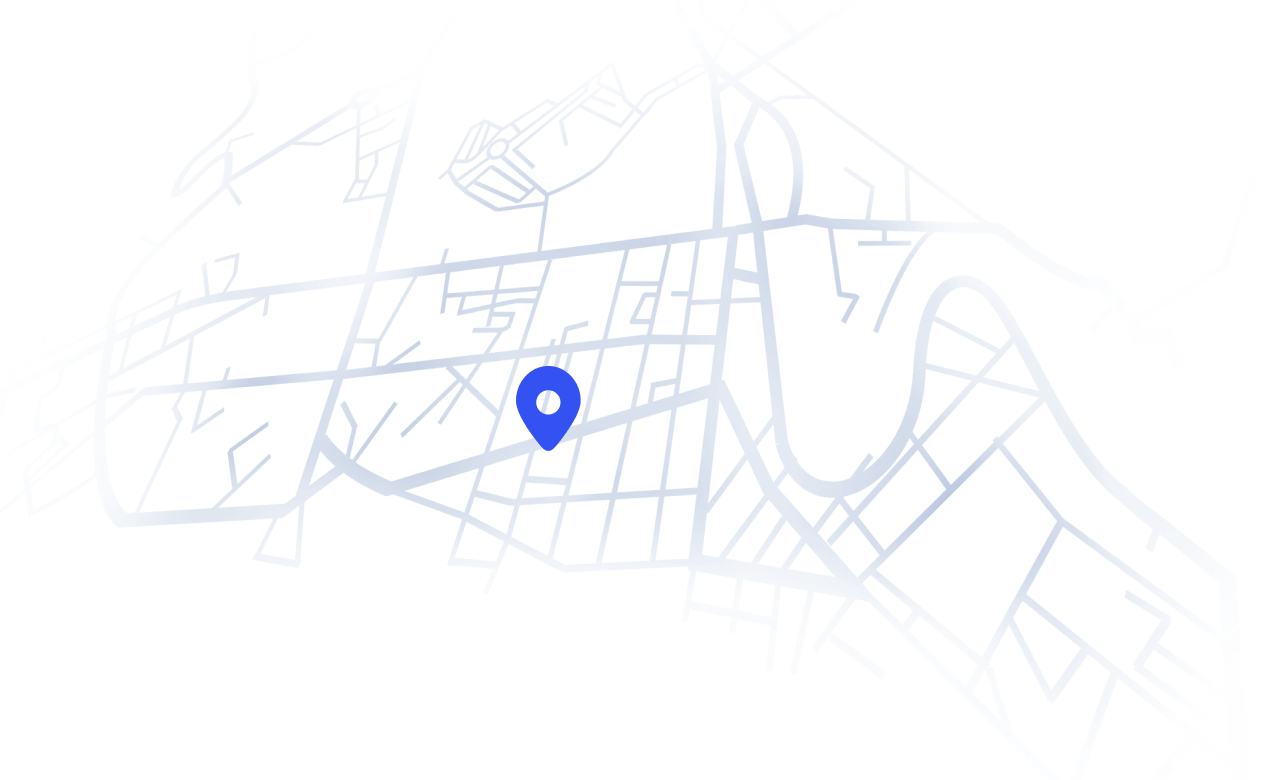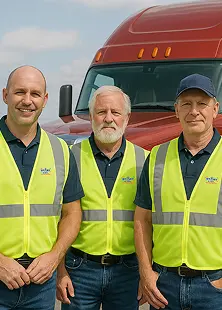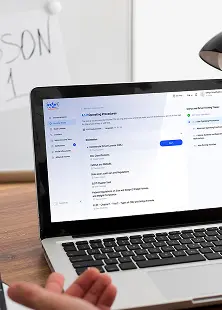Entry-Level Driver Training Theory
The theoretical program statements you complete in your personal account include theoretical lessons and review tests on the following chapters:
A1.1 Basic Operation
1.1.1 Orientation
1.1.2 Control Systems/Dashboard
1.1.3 Pre- and Post-Trip Inspections
1.1.4 Basic Control
1.1.5 Shifting/Operating Transmissions
1.1.6 Backing and Docking
1.1.7 Coupling and Uncoupling
A1.2 Safe Operating Procedures
1.2.1 Visual Search
1.2.2 Communication
1.2.3 Distracted Driving
1.2.4 Speed Management
1.2.5 Space Management
1.2.6 Night Operation
1.2.7 Extreme Driving Conditions
A1.3 Advanced Operating Practices
1.3.1 Hazard Perception
1.3.2 Skid Control/Recovery, Jackknifing, and Other Emergencies
1.3.3 Railroad-Highway Grade Crossings
A1.4 Vehicle Systems and Reporting Malfunctions
1.4.1 Identification and Diagnosis of Malfunctions
1.4.2 Roadside Inspections
1.4.3 Maintenance
A1.5 Non-Driving Activities
1.5.1 Handling and Documenting Cargo
1.5.2 Environmental Compliance Issues
1.5.3 Hours of Service Requirements
1.5.4 Fatigue and Wellness Awareness
1.5.5 Post-Crash Procedures
1.5.6 External Communications
1.5.7 Whistleblower/Coercion
1.5.8 Trip Planning
1.5.9 Drugs/Alcohol
1.5.10 Medical Requirements
Upon completion, you will receive a certificate confirming your completion of the Entry-Level Driver Training, which qualifies you for taking the DMV exam or advancing to the practical program. Our service will automatically register your record with the U.S. Department of Transportation's Federal Motor Carrier Safety Administration.

What People say About Us
How We Will Guide You
to Getting Your CDL
Registration
Covers all federally required theory topics such as safe driving, vehicle systems, hours of service, and driver responsibilities. This is your foundation for a professional CDL career.
Theory
Train in a high-tech simulator to safely practice real-life driving scenarios, maneuvers, and emergency situations. Ideal for building confidence before getting behind the wheel.
Practice
Focused training on air brake system components, operation, and inspection. Prepare to pass the air brake knowledge test and safely handle commercial vehicles.
Final Exam
Learn to identify, check, and explain vehicle components in preparation for the CDL pre-trip inspection test. Includes checklists and instructor guidance.
Employment and Green Card
Comprehensive final assessment covering theory, safety, and inspection knowledge. Pass this to move forward to your CDL exam or certificate.
Registration for the course
Entry-Level Driver Training Theory




Why Choose Us?
Our Team
FAQ
How long does it take to get a CDL?
Most of our students finish in just 2 to 4 weeks — it all depends on your schedule and how often you can train. We offer flexible programs, including weekend and part-time options, so whether you want to move fast or take it slow, we’ll match your pace.
Can you help me find a job after I get my CDL?
Yes — every student who finishes our program gets hired.
We work with top trucking companies and help you line up job offers even before you finish training. You don’t just get a license — you get a career.
How much does it cost to get a CDL? Are there payment plans?
We offer different packages and flexible payment options.
Call us +1 844 499 1585 — we’ll help you find the right one.
Can I get financing for the CDL training?
Yes! We partner with Affirm, PayPal and One Stop Career Center to make training more affordable.
Give us a quick call +1 844 499 1585 to see your options. We’re here to help.
Do you help with the CDL permit test?
Yes — we’ve got you covered! You can start with our free CDL practice tests right on the website — they’re a great way to prepare.
👉 Try a free practice test here
Once you sign up our easy-to-use online platform, you can unlock the full list of real test questions in your student account. We give you everything you need to pass with confidence!
Contact Us
Working hours
From 9:00 AM to 5:00 PM
Phones
Training yard location



 @startcdl
@startcdl
 +1 (224) 520-3169
+1 (224) 520-3169































